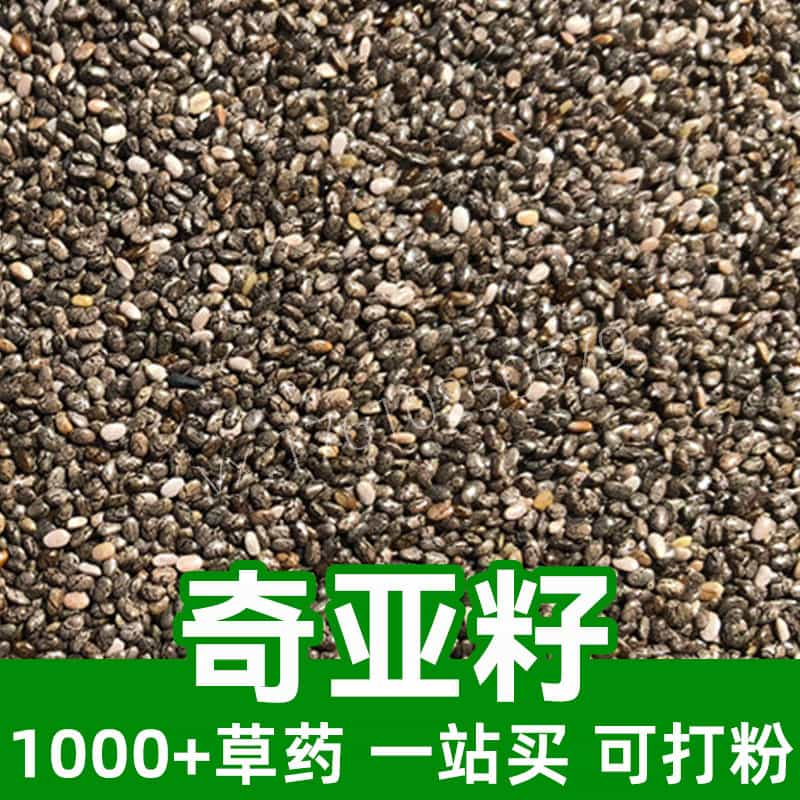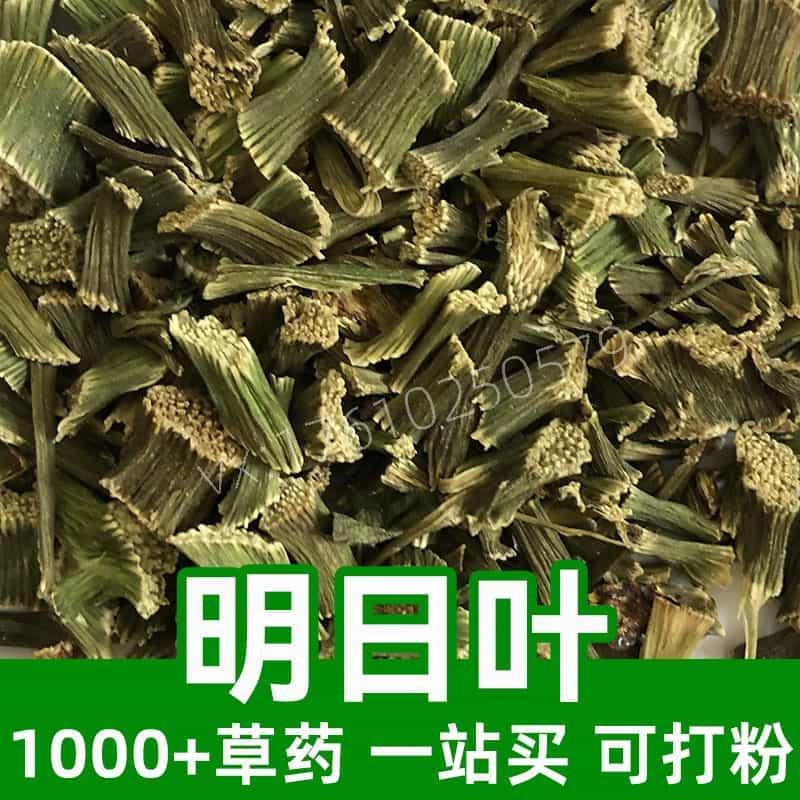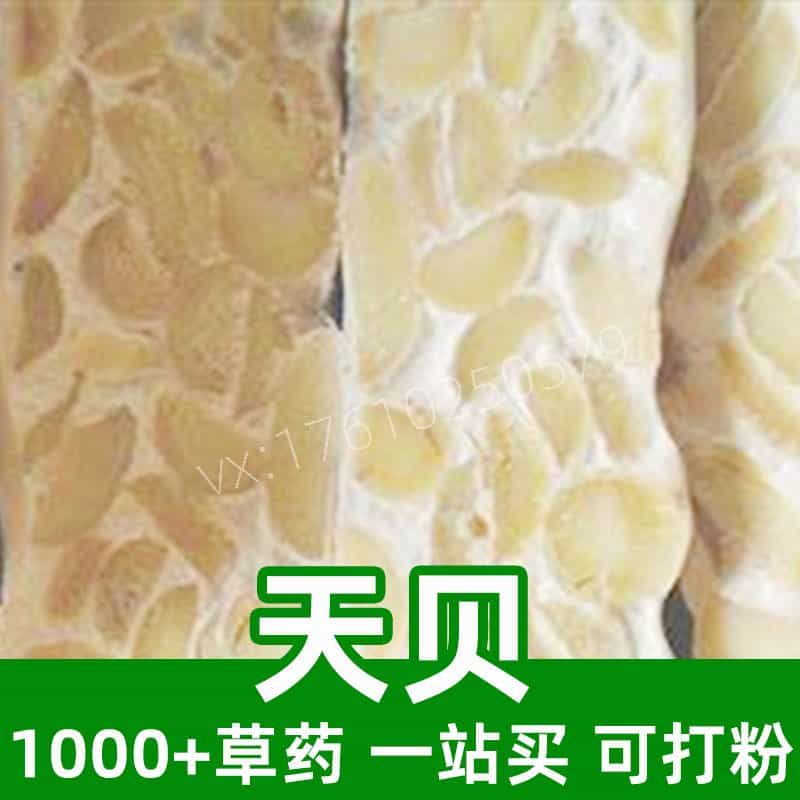Small Centipeda Herb Product Overview
Small Centipeda Herb is a commonly used traditional Chinese medicine derived from herbaceous plants and processed through specific techniques. Its primary components include essential oils, flavonoids, tannins, and alkaloids. Small Centipeda Herb is widely applied in traditional Chinese medicine for clearing heat, detoxifying, aiding digestion, and stopping diarrhea. In the food industry, it is also used as a flavoring or functional food ingredient, adding unique aroma and taste to products.
Main Active Components of Small Centipeda Herb
As a traditional Chinese medicinal herb, Small Centipeda Herb’s main active components have various beneficial effects, primarily including essential oils, flavonoids, tannins, and alkaloids.
- Essential Oils: The essential oils in Small Centipeda Herb are among its main active ingredients, containing various volatile compounds such as aldehydes, ketones, and esters. These oils have heat-clearing, detoxifying, antibacterial, and anti-inflammatory properties, often used to treat colds and sore throats.
- Flavonoids: Small Centipeda Herb contains abundant flavonoids, such as kaempferol and apigenin, which have antioxidant, anti-inflammatory, and anti-allergic effects. They help boost immune function and may prevent cardiovascular diseases.
- Tannins: The tannins in Small Centipeda Herb have astringent and hemostatic effects and antibacterial and anti-inflammatory properties. They are used for treating digestive issues like diarrhea and gastroenteritis and help protect the intestinal lining.
- Alkaloids: The alkaloids in Small Centipeda Herb are another key component, providing effects that regulate the nervous system, calm, and soothe. They are commonly used to treat anxiety and insomnia.
In sum, the primary active components of Small Centipeda Herb offer anti-inflammatory, antibacterial, antioxidant, and immune-regulating properties, making it valuable in traditional Chinese medicine.
Small Centipeda Herb Usage and Dosage
Small Centipeda Herb is a versatile medicinal herb with various uses and dosages. In traditional Chinese medicine, it is commonly used for clearing heat and toxins, stopping bleeding, reducing swelling, and as a diuretic. It also has applications in food for flavor enhancement.
- Clearing Heat and Detoxifying: Small Centipeda Herb has heat-clearing and detoxifying effects, suitable for treating ailments like colds and sore throats caused by heat toxins. It is commonly brewed or steeped in water.
- Hemostasis and Bruise Reduction: Rich in tannins, Small Centipeda Herb has astringent and hemostatic effects, useful for treating bleeding conditions like nosebleeds or blood in the stool. It can be brewed or applied externally.
- Swelling Reduction and Diuresis: Small Centipeda Herb also reduces swelling and promotes urination, used for symptoms like edema and swollen lymph nodes. It is typically brewed or steeped in water.
- Food Applications: Small Centipeda Herb is often used as a seasoning due to its fresh aroma and slightly spicy flavor, adding taste to dishes such as chicken soup and noodles.
The typical dosage of Small Centipeda Herb is 15-30 grams per use, adjustable according to the specific condition and individual differences. For decoction, rinse the herb, boil it for 20-30 minutes, then drink the liquid. For topical application, crush the herb and apply it to the affected area. Note that usage should follow medical advice to avoid adverse reactions.
Overall, Small Centipeda Herb holds valuable applications in both traditional Chinese medicine and food industries; however, proper dosage and usage are essential for safe and effective results.
Origin, Distribution, and Growing Conditions of Small Centipeda Herb
Small Centipeda Herb (*Acalypha indica L.*), also known as “duckweed” or “beardless vegetable,” is a common herbaceous plant from the spurge family. Here is an overview of its origin, distribution, and growth environment.
- Origin: Small Centipeda Herb is a perennial herb, typically 30-50 cm tall, with a robust rootstock and branching habit. The plant is covered with fine hairs, with long, oval leaves that have serrated or wavy edges. It has a spike-like inflorescence at the stem tips, with small green flowers, and produces capsule-like seeds.
- Distribution: Native to tropical and subtropical regions, Small Centipeda Herb grows widely across southern China, India, Southeast Asia, Africa, and the Americas. In China, it is primarily found in the south, east, and southwest regions, often in fields, by roads, along rivers, and at the edges of mountain forests.
- Growth Environment: Small Centipeda Herb thrives in warm, humid conditions and does not require strict light exposure, growing in both shaded and sunny areas. It prefers fertile, well-drained soil but is also drought-tolerant to some extent, making it adaptable to fields, grasslands, roadsides, and riverbanks.
In summary, Small Centipeda Herb is an adaptable plant that grows widely and flexibly, thriving in warm, humid, well-drained environments and capable of growing in various soil types.
Harvesting, Processing, and Storage of Small Centipeda Herb
Proper harvesting, processing, and storage of Small Centipeda Herb are essential to maintain its quality and medicinal effects. Details are as follows:
- Harvesting Time: Small Centipeda Herb is typically harvested when it is lush and before or at the beginning of its flowering stage to ensure high active component levels.
- Harvesting Method: Choose plants with green stems and leaves and no pests, and cut the stems and leaves with a knife or scissors to avoid damaging the roots.
- Processing: After harvesting, Small Centipeda Herb should be processed promptly, typically by air-drying or dehydrating to reduce moisture for easier storage and use.
- Storage Conditions: Store Small Centipeda Herb in a well-ventilated, dry area, away from sunlight and high temperatures to prevent potency loss. It is best kept in dry paper bags or sealed containers to preserve its shelf life.
- Avoid Moisture: Ensure a moisture-free environment as dampness can lead to mold or pest infestation, reducing quality and efficacy.
- Protection Against Moisture: If storing fresh, unprocessed Small Centipeda Herb, keep it in a cool, dry, ventilated area to prevent moisture-related degradation.
- Regular Inspection: Check stored Small Centipeda Herb periodically for mold or unusual odors, discarding any affected portions to maintain quality.
- Proper Packaging: Use breathable yet airtight packaging bags or containers to keep out air and moisture, extending storage life.
In summary, harvesting, processing, and storage of Small Centipeda Herb require attention to timing, technique, environmental conditions, and packaging methods to maintain its quality and effectiveness.
Monica Sun is a seasoned expert in the natural raw materials industry, with over a decade of experience specializing in traditional Chinese medicinal herbs, spices, and fungi. She is skilled in the sourcing, processing, and application of these materials, emphasizing sustainability and innovation. Monica Sun has contributed to the development of high-quality natural raw materials that serve as essential components in functional foods, pharmaceuticals, and cosmetics, delivering tailored solutions to meet diverse market needs.














